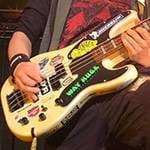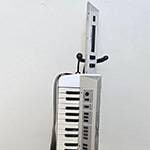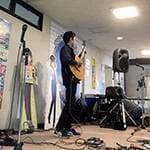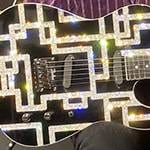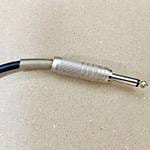1981 J-Pop classic hit song “Reflections”
Arranged by Kan Inoue who also arranged A Long Vacation!
The theme for this month's Vagabond Synth Nerd’s Journal is the classic J-pop album Reflections. Few people are able to guess the name “Rubi no yubiwa” (Ruby Ring). However, if you hear the words “rubi no yubiwa”, you will recognize Satoshi Terao.
Reflections is the one album that has “Ruby Ring”.
Reflections was released in 1981, the same year as Eiichi Ohtaki's great album, A Long Vacation, which I introduced in the previous article, and the album has a lot in common. It’s now considered to be a sleeper hit that was overshadowed by the other great masterpiece.
Kan Inoue, the same arranger as “A Long Vacation”, arranged this album, and the lyricist, Takashi Matsumoto, also wrote some of the lyrics.
This album is also unusual in that there are both old and new “reflections” on the album.
I will introduce two “Reflections” in this issue.
■ Recommended album: Satoshi Terao, Reflections (1981)
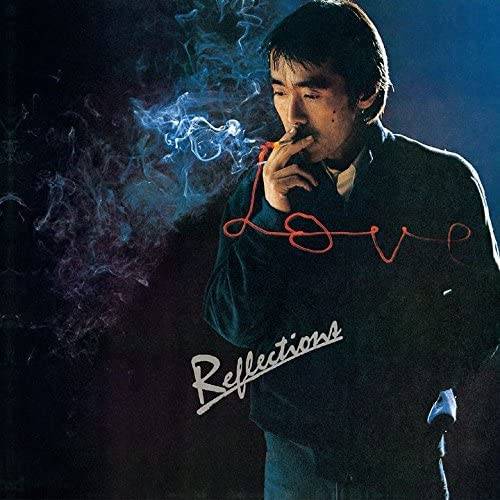
In this album, Kan Inoue incorporates crossover elements, which were in the running at the time, into the arrangements. The sources are Latin and bossa nova.
Inoue's makeup on the bland songs gives the album a sophisticated content. The album's two most famous examples are “Ruby Ring” and “Havana Express”.
The cover photo was taken on a tight budget, so Terao wrote “Love” with a cigarette in the dark corridor of a music studio, and then fired two strobes immediately afterwards to take the photo. The idea is very stylish, isn't it?
I interviewed Kan Inoue on a TV program once and I remember him as a cool and intelligent guy.
Recommended Song: “Rubi no Yubiwa” (Ruby Ring)
Recommended Song: “Rubi no Yubiwa” (Ruby Ring) The intro to “Ruby Ring” is one of those rare outstanding intros in J-pop history.
The chords in the backing of the repeated phrase at the beginning of the song are all different, as if they were the same. The theme that comes after that is also played by a mini-moog synthesizer with an exquisite sound.
This is the best introduction prepared for the beginning of the drama Ruby Ring. It shows the high arranging ability of Kan Inoue.
The guitar and bass ensemble after the singing part also gives the song its own groove.
I think the arranger knew that the choice of first call musicians such as Tsuyoshi Kon on guitar, Mike Dunn on bass, and Tatsuo Hayashi on drums would enhance the quality of the song.
Then, the sound with half a presence, the mini-moog!
MiniMoog synthesizer
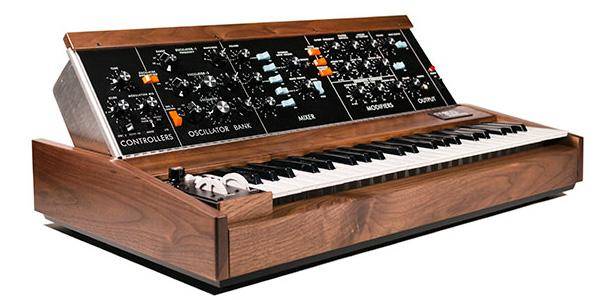
MiniMoog synthesizer
The muffled, thick synth sound that plays the intro theme can only be produced by a mini-moog. It’s a typical analog synthesizer sound. Takashi Matsumoto tells the story of an introspective man's drama, and this sound serves the function of evoking the drama that is about to begin.
In live performances, Inoue played the Minimoog Voyager, an evolution of the Minimoog.
In a live performance by the other keyboardist who is not Inoue-san, he played a Yamaha DX7II digital synthesizer to produce the theme sound instead of the Minimoog, but the sound of the DX was too thin and the prestige of the original intro was lost. The mood of the song itself was different.
The DX7 series and FM instruments excel at percussive sounds such as electric pianos and steel drums, and it is almost impossible to achieve a Minimoog-like sound with FM instruments.
Another impressive part is after the end of the first chorus, where a chime chord is played by the vibraphone after the break. The intro section before the third chorus doubles the first intro. Is this in response to the lyric “Soshite ni nen no gappi ga nagare saru” (And two years have passed since”)?
You can catch a glimpse of the arranger's pride in not repeating the same phrasing in one song.
■ Recommended album: Satoshi Terao, Re-Cool Reflections (2006)
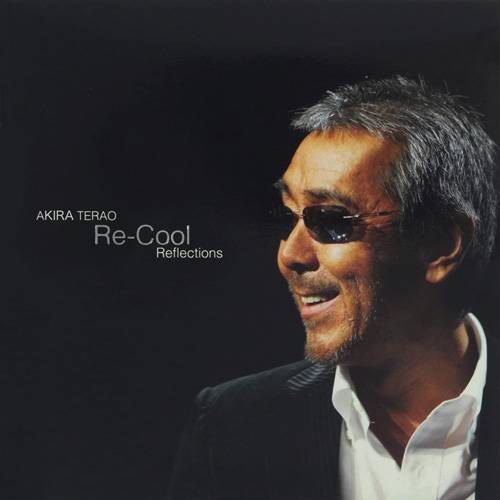
The songs on this album are the same as the old Reflections. However, the arrangements are completely different.
“Ruby Ring” contains two tracks that are different from the studio version.
Fifteen years have passed since the old album. The newly made-up songs are different in taste, but they do not affect the setting of the songs, nor do they sound old. It’s interesting to compare them.
The musicians playing on the album are...
The musicians playing on this album are also terrific. Kan Inoue, who played keyboards and arranged the old Reflections; Alex Acuña (percussionist), Weather Report drummer and percussionist at the peak of his career; Vinnie Cariuda (drums), who also played with Chick Corea; Kenji Takamizu on bass; Go Kon on guitar; Yoichi Murata on trombone. Yoichi Murata plays trombone, and other top musicians from Japan and abroad. Compared to the previous album, Vinny Cariuda's rhythm is slightly heavier (not in a bad way). This may be attributed to the different arrangements of “Re-Cool Ruby Ring” and other performances.
Recommended song: “Re-Cool Havana Express”
The first track, “Havana Express,” is a brilliant jazz fusion with a whiff of the crossover of the time.
An exquisite intro with a theme covered by another theme and accompanied by a highly sophisticated chime.... This intro alone is worth listening to this album. The calypso-like arrangement with full steel drums is superb.
Recommended music: “Rubi- no yubiwa 1981” (Ruby's Ring 1981)
This version is faithful to the original song, but it’s different from the horn arrangement of “Re-Cool Ruby Ring”. The mini-moogs playing the theme are thicker and slightly portamento. The moogs also have a more tame sound. Note Inoue-san's electric piano in the outro section. He is playing a lot. It’s a must listen!
Musicians featured, albums, recommended songs, and keys used
- Satoshi Terao, Kan Inoue, Vinny Cariuda, Alex Acuña
- Albums: Reflections and Re-Cool Reflections
- Songs: “Ruby Ring”, “Re-Cool Havana Express”, “Ruby Ring 1981”
- Equipment: Minimoog, Fender Rhodes Electric Piano
⇨ SOUND HOUSE Piano/Synthesizer List
The “sound & person” column is made up of contributions from you.
For details about contributing, click here.






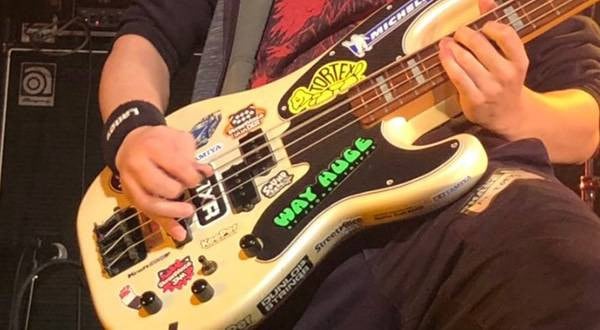
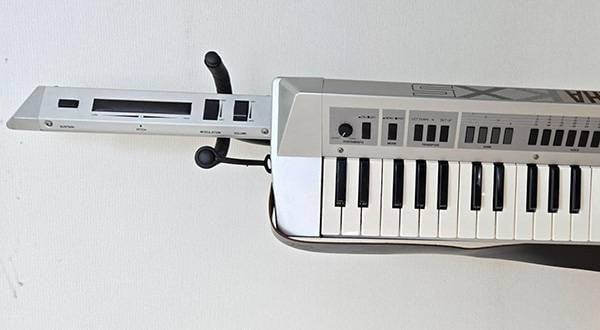
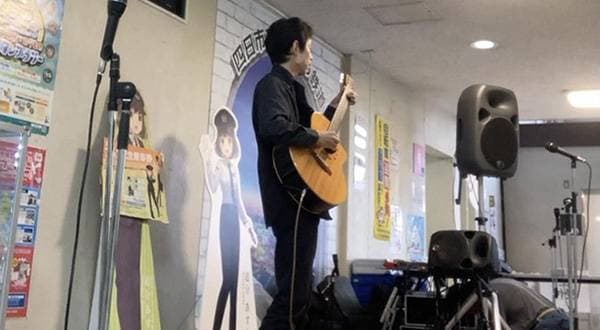
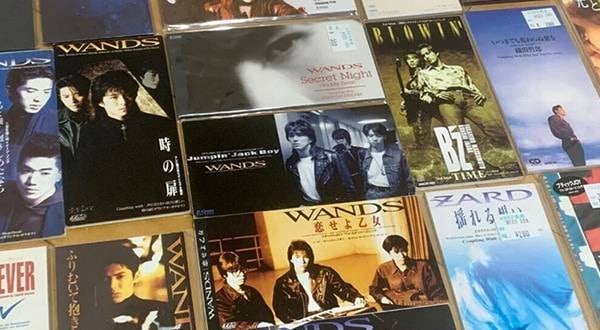
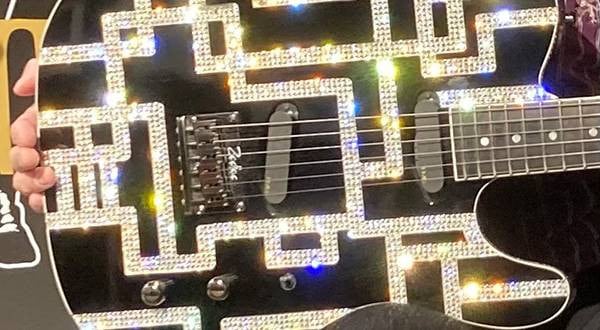
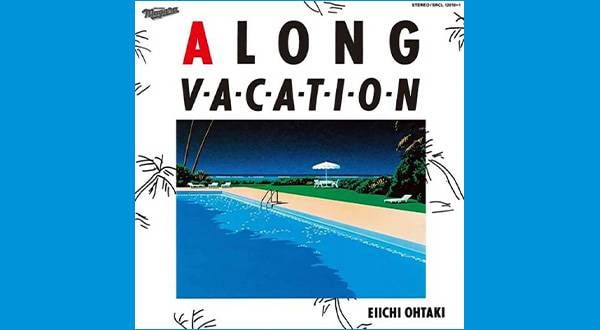

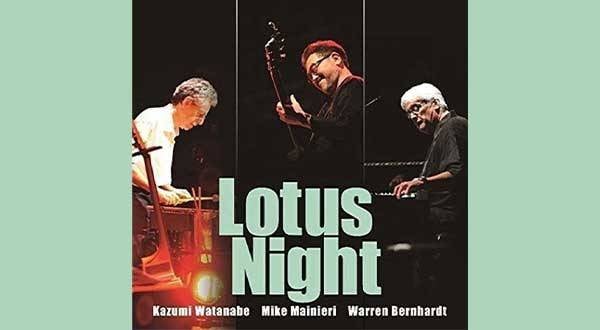
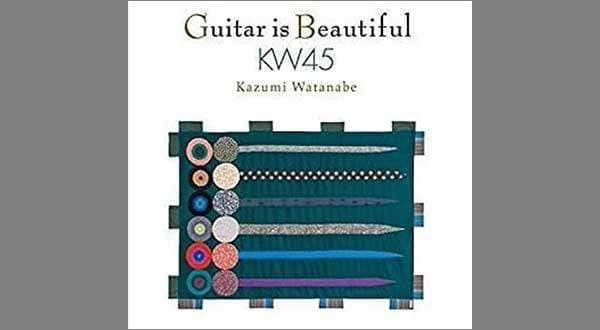
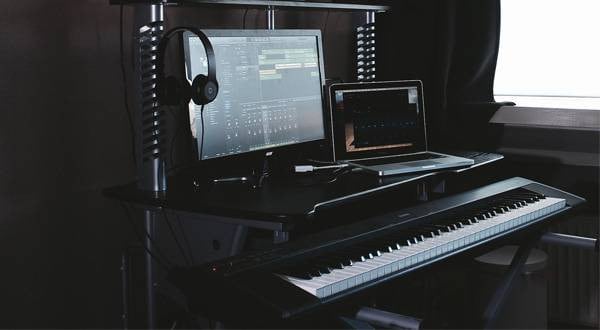
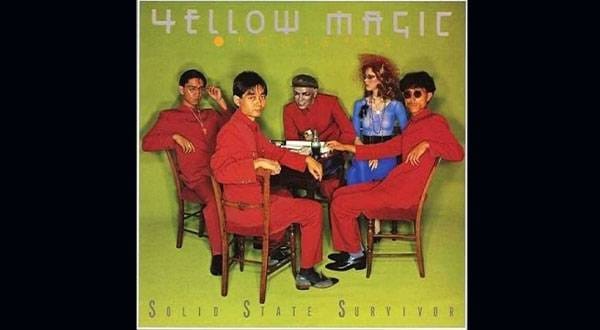
 USB接続対応のMIDIキーボード
USB接続対応のMIDIキーボード
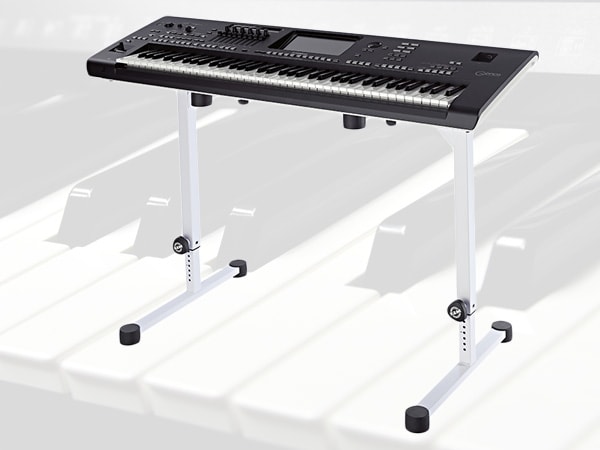 キーボードスタンドの選び方
キーボードスタンドの選び方
 超オススメのフレーズ道場 キーボード
超オススメのフレーズ道場 キーボード
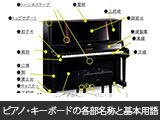 ピアノ・キーボードの各部名称
ピアノ・キーボードの各部名称
 キーボードスタートガイド
キーボードスタートガイド
 キーボード・ピアノ講座
キーボード・ピアノ講座
